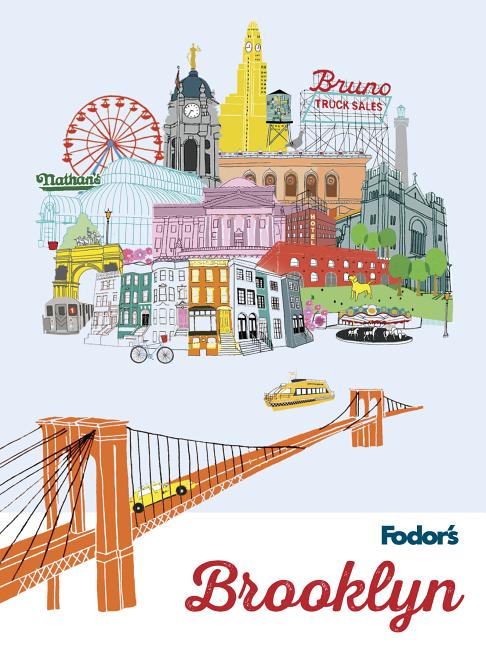The kinetic energy of this trendsetting Brooklyn neighborhood hits you the moment you exit the L train at Bedford Avenue, Williamsburg's main drag. Chic boutiques abound, the arts are in evidence everywhere, happening restaurants and dimly lit cocktail bars beckon, local denizens sport the latest street style, and it’s immediately apparent that this is the neighborhood that defines Brooklyn’s international image. It wasn't always this way, though. As the 20th century dawned, immigrants transformed Williamsburg into a dense area of tenements and factories—everything from chemicals and glassware to beer and sugar was made here. Hasidic Jews began settling in the southern section before World War II, with increasing numbers, including many Holocaust survivors, arriving in the late 1940s. By the 1960s, industrial production declined—and with it the neighborhood—but a few decades later an enterprising creative class began to reenergize the enclave, and the rest, as they say, is history. It’s worth noting that although Williamsburg is one large neighborhood, residents often make the distinction between the more redeveloped northern part and the southern section, where the majority of the Hasidic Jews reside and maintain their traditional lifestyle, with Grand Street as the informal border between them.

- Photo: Mary Robnett
Williamsburg
Explore Williamsburg
Plan Your Next Trip
-
Things To Do
-
City Guides
-
Hotels





